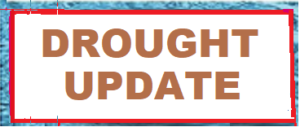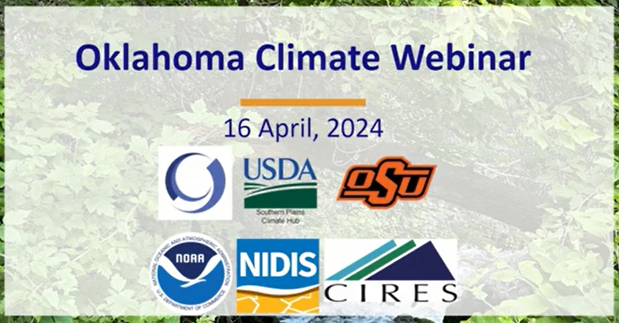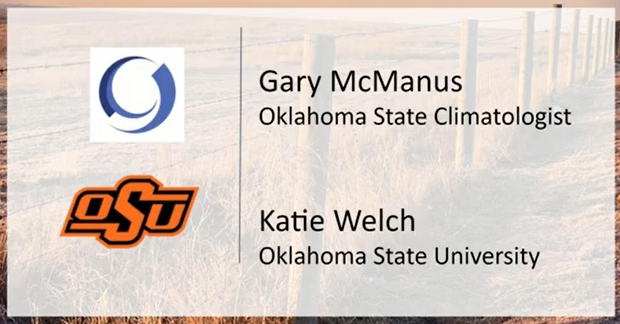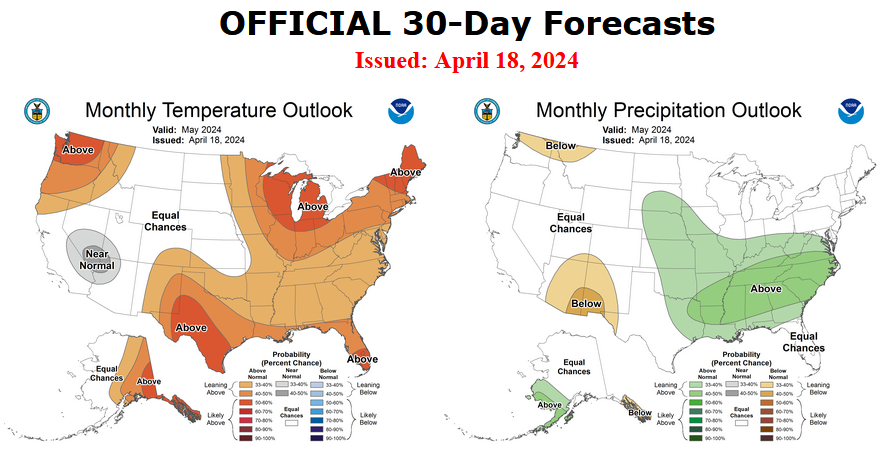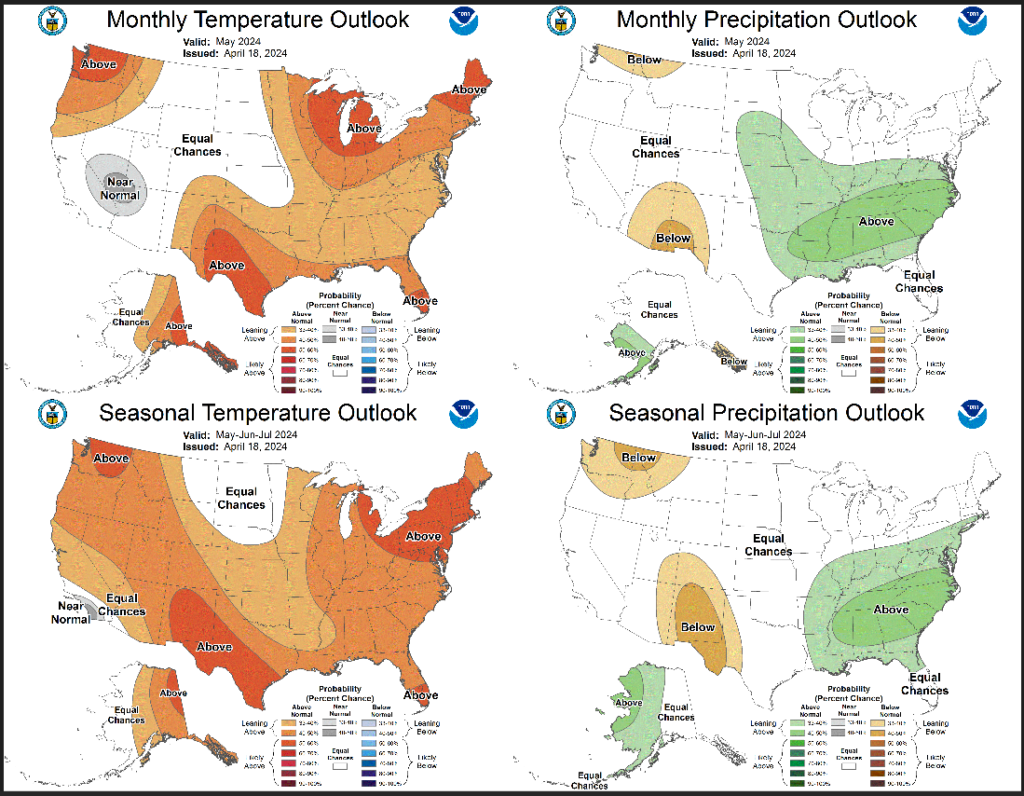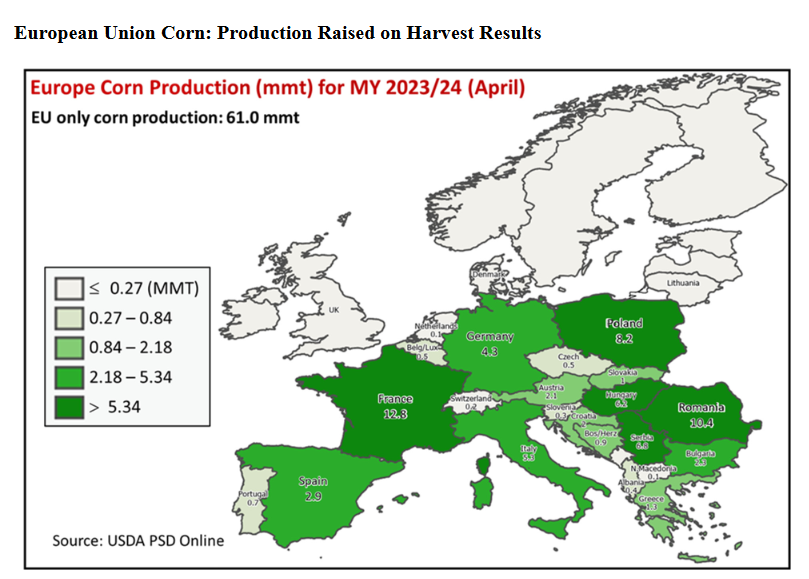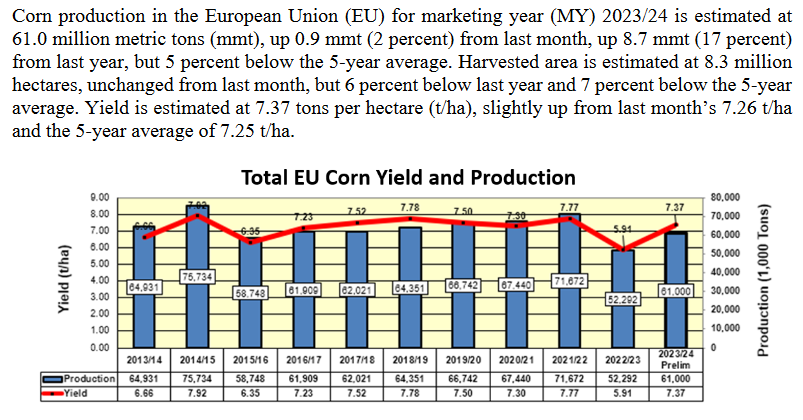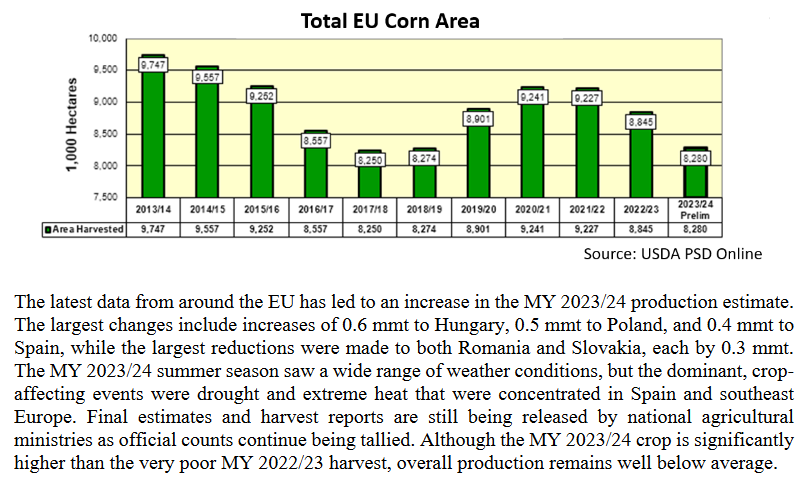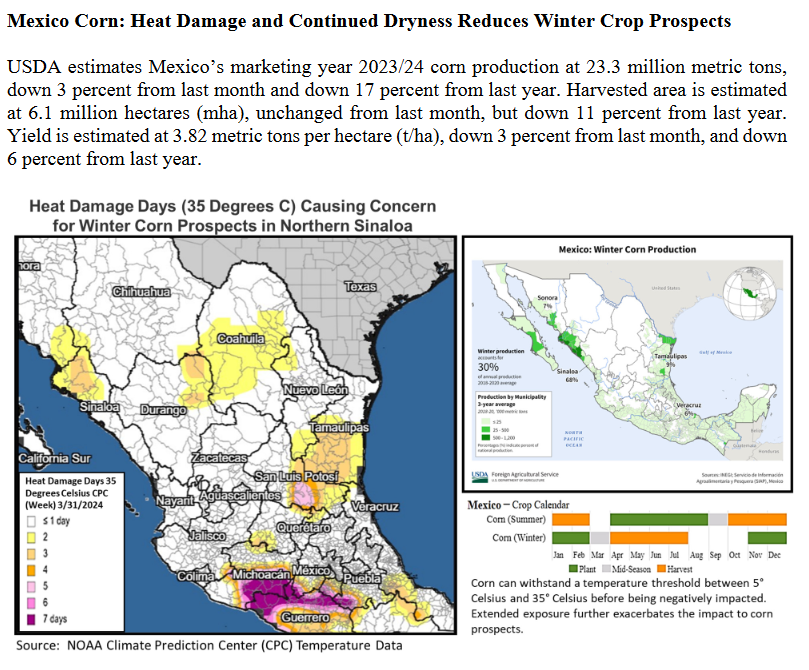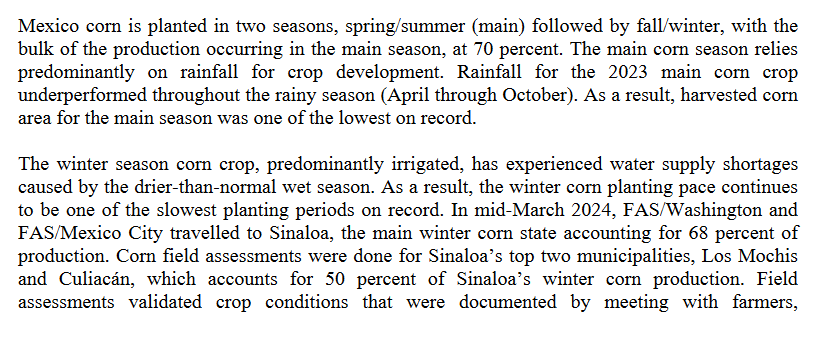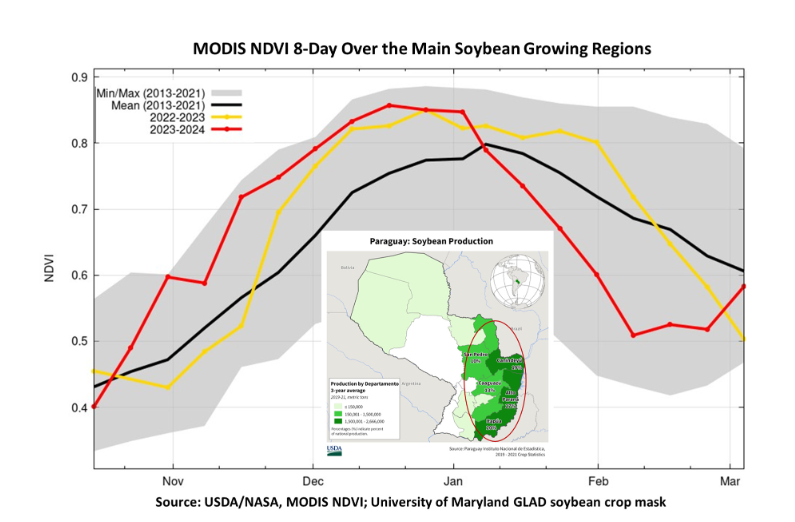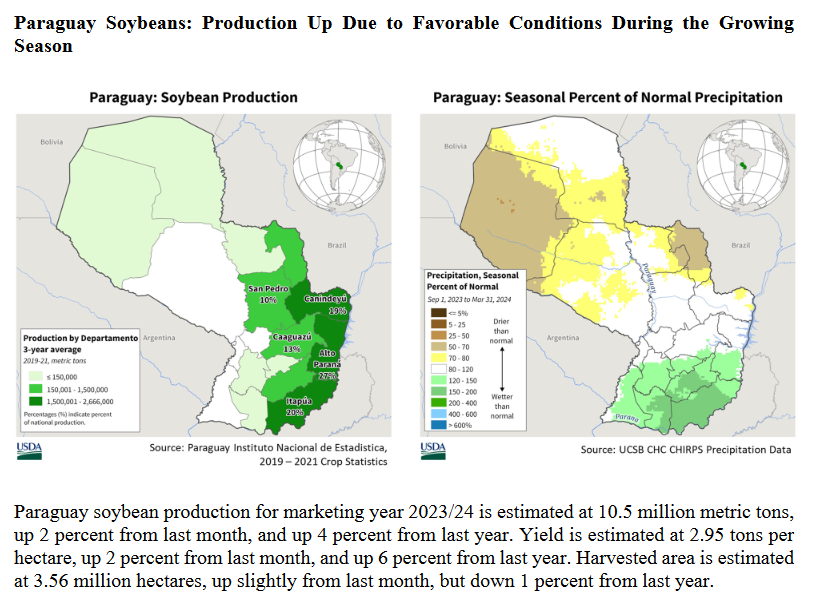Short Range Forecast Discussion
NWS Weather Prediction Center College Park MD
Mon Apr 15 2024
Valid 12Z Mon Apr 15 2024 – 12Z Wed Apr 17 2024
…Intensifying storm system to bring the threat of severe weather and
isolated flash flooding to the Plains Monday, followed by the Mississippi
Valley on Tuesday…
…Scattered thunderstorms, including the threat for some severe weather,
from the Upper Ohio Valley east through the Mid-Atlantic Monday…
…Moderate to locally heavy snowfall expected over the next couple of
days for higher elevations of the northern Cascades, northern/central
Rockies, and eastern Great Basin…
…Well above average temperatures across the Central/Eastern U.S;
Critical Risk of Fire Weather for the central/southern High Plains
Monday….
A deep, upper-level low and associated low pressure/frontal system over
the West will begin to push into the Plains Monday. The accompanying
height falls will help lead to lee cyclogenesis, rapidly
deepening/organizing the low pressure system over the central High Plains.
Gulf moisture return aided by intensifying southerly flow will eventually
lead to increasing shower and thunderstorm chances by Monday evening to
the northwest of the low over the central/northern High Plains, along a
warm front slowly lifting northward through the Missouri and Middle
Mississippi Valleys, and southward ahead of a dry line/rapidly approaching
cold front through the central and southern Plains. An Enhanced Risk of
severe thunderstorms (level 3/5) has been issued by the Storm Prediction
Center from the low pressure center in western Nebraska/South Dakota
arcing southward ahead of the approaching dry line/cold front across
portions of the central Plains. Some more robust, supercell thunderstorms
are expected to produce instances of very large hail, damaging winds, and
a few tornadoes. A Slight Risk (level 2/5) extends southward into the
southern Plains where storm coverage is more uncertain, but any storms
that do develop will still pose the same threat. Additionally, there will
be a conditional threat for some isolated instances of flash flooding,
both along and north of the warm front from the Northern Plains into the
Missouri Valley where widespread, but not quite as potent storms will
exist, and south into portions of the central/southern Plains where more
potent storms will exist, but drier antecedent conditions will limit the
risk.
The storms will progress eastward with the frontal system through the
overnight hours Monday and into the day Tuesday, spreading into the
Mississippi Valley, Great Lakes, and Ohio Valley. Areas where residual
storms from the night before clear, most likely through the Middle
Mississippi Valley southwestward into the Ark-La-Tex, will see a renewed
threat for severe thunderstorms. Another Enhanced Risk has been issued for
portions of southern Iowa, northern Missouri, and western Illinois near
the track of the low pressure center where favorable wind fields will lead
to a locally greater threat of very large hail, damaging winds, and
tornadoes, including the potential for a strong tornado. A Slight Risk
once again extends further south towards the Ark-La-Tex where storms will
likely be more isolated, but still pose a threat for all hazards. A broad
threat for isolated flash flooding will exist over the region very similar
to Monday, with more widespread storms to the north and more isolated but
potent downpours possible to the south.
Further east, another round of storms is expected Monday along and ahead
of a cold front sagging southward through the Upper Ohio/Tennessee Valleys
eastward through the southern Mid-Atlantic. There is a Slight Risk of
severe weather centered around the Tidewater region of Virginia where
enough CAPE for some stronger updrafts will exist, posing a threat for a
few instances of large hail and damaging winds. In the West,
winter-weather related advisories/warnings are in place for higher
elevations of the mountains of the eastern Great Basin and central Rockies
where remaining moisture under the influence of the upper-low is forecast
to lead to snow accumulations of 6-12″+. Another upper-level wave and
accompanying surface frontal system pushing southeastward through the
Cascades Monday and northern Rockies Tuesday will bring a similar chance
for moderate to locally heavy snowfall for higher mountain elevations.
Warmer than average temperatures will continue Monday for most areas of
the central/eastern U.S. as upper-level ridging precedes the system over
the West. Highs generally in the 80s are expected across the
central/southern Plains east through the Mississippi Valley and into the
Mid-Atlantic/Southeast. A few 90s will even be possible over the
central/southern High Plains. These hot temperatures and dry conditions,
along with intensifying winds due to the deepening low pressure system,
have prompted a Critical Risk (level 2/3) of Fire Weather from the Storm
Prediction Center Monday. Warm, similarly above average highs are also
expected across the northern tier, with most locations outside of the
Upper Great Lakes/Interior Northeast forecast to be in the 60s and 70s.
Temperatures will slip a few degrees in general Tuesday, but still remain
above average for most locations. Cooler temperatures will continue Monday
across southern portions of the West under the influence of the upper-low,
with 50s and 60s across California and the Great Basin and 70s in the
Desert Southwest. Conditions will rebound by about 10 degrees on Tuesday
as the upper-low moves eastward over the Plains.
